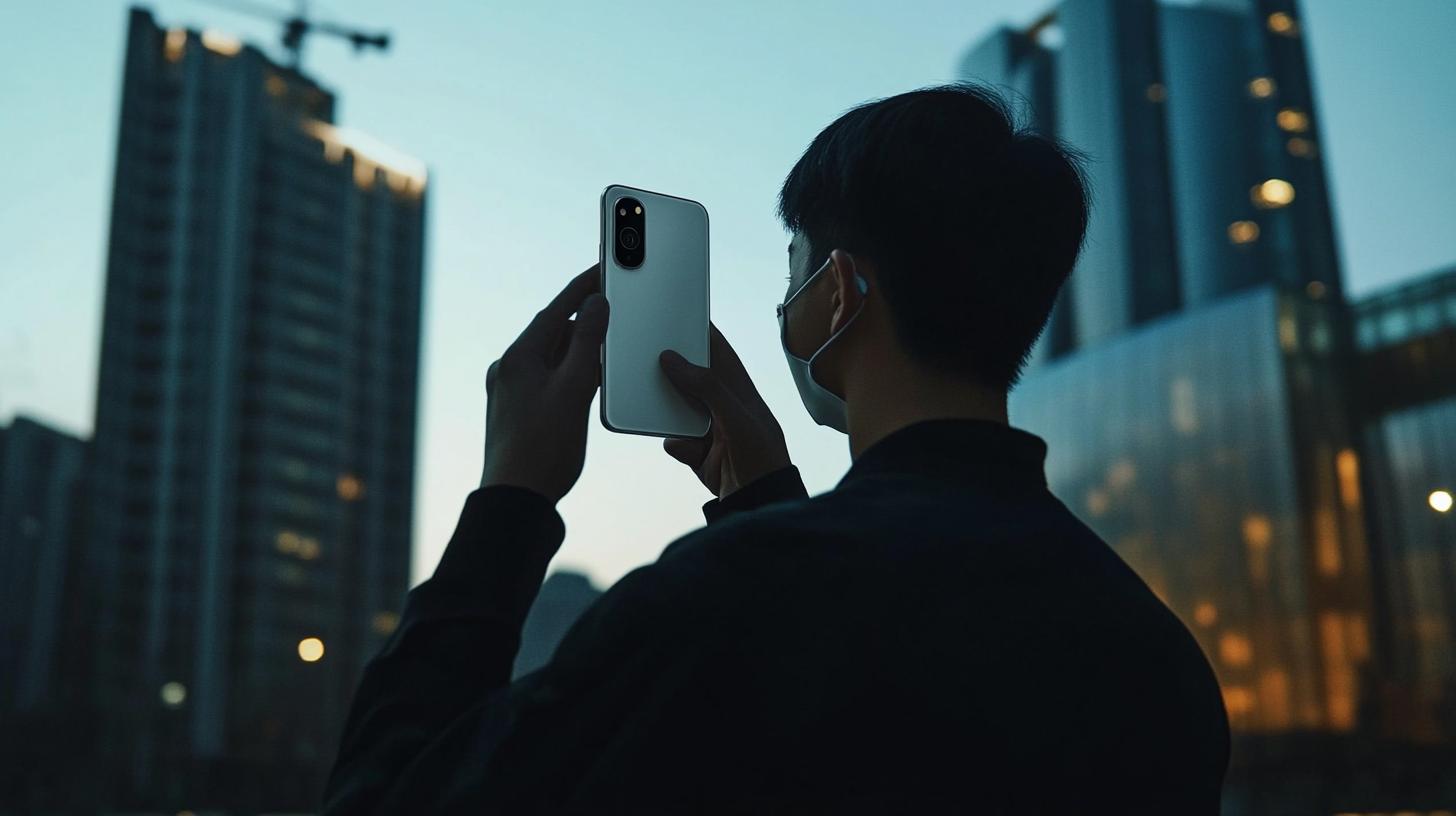Real estate exploration has taken a futuristic turn with the rise of virtual reality. By stepping into immersive digital environments, potential homebuyers can tour properties from the comfort of their own homes. This innovative approach has transformed the traditional house-hunting experience, offering a convenient and interactive way to browse listings.
Embracing virtual reality technology, developers have created lifelike digital replicas of homes, allowing buyers to explore every corner and detail virtually. The user-friendly interfaces provide a smooth navigation experience, giving users a sense of actually walking through the property. This advancement has particularly gained momentum due to the current restrictions and safety concerns, making it a popular choice for modern home seekers.
Virtual real estate tours not only offer a new dimension to property viewing but also contribute to tackling the issue of limited inventory in the market. With more accessible and comprehensive virtual listings, buyers have a broader range of options at their fingertips. The convenience and flexibility of exploring properties virtually have revolutionized the home buying experience, providing a dynamic solution to the challenges posed by the real estate market.
As the real estate landscape continues to evolve, working with professionals well-versed in virtual real estate experiences becomes crucial for navigating this digital frontier. These experts guide clients through the intricacies of virtual tours, leveraging their expertise to ensure a seamless and informed decision-making process.
The Rise of Virtual Real Estate Experiences: Exploring Beyond the Basics
Real estate’s shift towards virtual reality experiences has opened up a world of possibilities for both buyers and sellers. In this article, we delve deeper into the fascinating realm of virtual real estate tours to uncover additional insights and implications that have emerged with this technological transformation.
What are the key challenges associated with virtual real estate experiences?
One of the primary challenges facing virtual real estate experiences is the potential discrepancy between the digital representation of a property and its true physical state. While virtual tours offer a remarkable level of detail, there may still be limitations in accurately conveying the look and feel of a space. This can sometimes lead to misinterpretations or unrealistic expectations on the part of buyers.
Another significant concern is the security and privacy of virtual real estate platforms. Given the sensitive nature of real estate transactions, ensuring that data protection measures are robust and reliable is essential to prevent unauthorized access or misuse of personal information.
Are there any controversies surrounding virtual real estate experiences?
Indeed, controversies have arisen in the realm of virtual real estate experiences, particularly regarding the potential impact on traditional real estate practices. Some industry professionals argue that the reliance on virtual tours may diminish the personal connection and emotional resonance that often play a pivotal role in the home buying process. There is a debate over whether virtual experiences can truly replace physical property viewings in terms of establishing a genuine sense of connection with a home.
Moreover, questions have been raised about the implications of virtual staging and enhancement techniques on the authenticity of property representations. Concerns regarding ethical standards and transparency in virtual real estate marketing highlight the need for clear guidelines and industry standards to address these issues.
Advantages and Disadvantages of Virtual Real Estate Experiences
Advantages:
1. Accessibility: Virtual tours eliminate geographical constraints, allowing buyers to explore properties from anywhere in the world.
2. Time Efficiency: Buyers can conduct multiple virtual viewings in a short span of time, streamlining the property selection process.
3. Enhanced Visualization: Detailed 3D models and immersive experiences provide a comprehensive understanding of property layouts and features.
Disadvantages:
1. Lack of Physical Interaction: Virtual tours may not fully capture the tactile experience of being present in a physical space.
2. Tech Dependence: Technical issues or limitations in virtual platforms can hinder the user experience and affect decision-making.
3. Limited Sensorial Experience: Factors such as ambient sounds, smells, and neighborhood atmosphere may be absent in virtual tours.
As the real estate industry ventures further into the realm of virtual experiences, understanding the nuances, challenges, and controversies surrounding this shift becomes imperative. By critically evaluating the benefits and drawbacks of virtual real estate tours, buyers and sellers can make informed decisions in navigating this evolving landscape.
For more information on virtual real estate experiences, visit nar.realtor for insights from the National Association of Realtors.



















